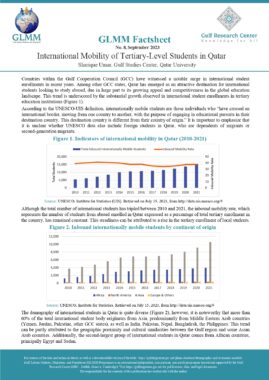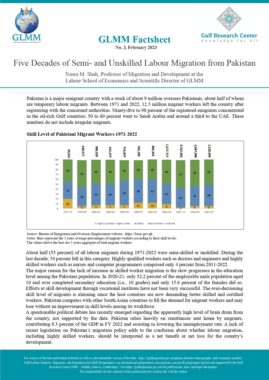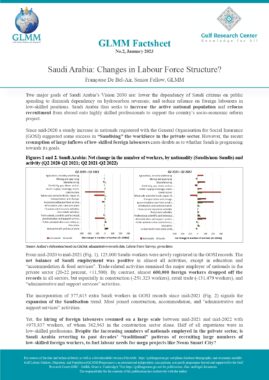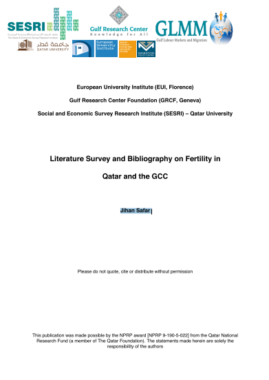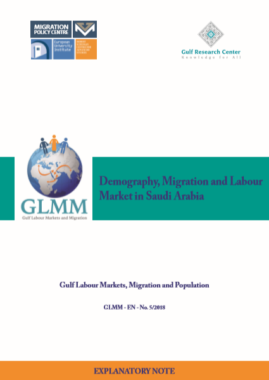Residence permits by type/ purpose of permit and sex of holder (Kuwait) (2009; 2011; 2012)

| reference | Type / purpose of permit | 2009 | 2011 | 2012 | ||||||
| of permit | males | females | total | males | females | total | males | females | total | |
| 14 | Temporary permits | 14.220 | 6.338 | 20.558 | 29.846 | 7.436 | 37.282 | 40.821 | 9.253 | 50.074 |
| 17 | Governmental sector permits | 57.478 | 29.176 | 86.654 | 62.321 | 34.424 | 96.745 | 62.795 | 34.834 | 97.629 |
| 18 | Private sector permits | 920.160 | 73.011 | 993.171 | 937.050 | 81.152 | 1.018.202 | 977.139 | 88.355 | 1.065.494 |
| 19 | Business | 362 | 13 | 375 | 327 | 15 | 342 | 331 | 16 | 347 |
| 20 | Domestic help | 245.738 | 308.759 | 554.497 | 255.333 | 337.937 | 593.270 | 257.834 | 349.833 | 607.667 |
| 22 | Dependant permits | 153.988 | 266.269 | 420.257 | 166.254 | 288.863 | 455.117 | 173.332 | 302.356 | 475.688 |
| 23 | Study | 510 | 176 | 686 | 579 | 186 | 765 | 629 | 191 | 820 |
| 24 | Self residence permits | 845 | 903 | 1.748 | 886 | 948 | 1.834 | 962 | 1.010 | 1.972 |
| TOTAL | 1.393.301 | 684.645 | 2.077.946 | 1.452.596 | 750.961 | 2.203.557 | 1.513.843 | 785.848 | 2.299.691 |
Source: Ministry of Interior
ANNEXED NOTE
1. Definitions
Residency procedures do not apply to GCC nationals.
The bidoun, a stateless population, are not included in the residency documents holders.
Data presented in the table are stock data: all the non-national residents holding a residence permit on December 31st, the given year. The table excludes the Bedoon, the non-Kuwaiti GCC citizens and those in irregular situation.
Temporary permit: An expatriate may be granted temporary residence under article 14 of the immigration regulations in special cases where he does not need or cannot get ordinary residence.
This allows the expatriate to stay for up to one year, for personal emergencies such as illness, or after resignation from employment in order to settle financial affairs or a court case.
Dependent permit: spouse, children or elderly dependent relatives can join visa holder (sponsor) in Kuwait, if the expatriate has obtained a residency and is earning a minimum of KD250 a month (private and governement sector alike).
A working wife cannot sponsor her husband as a dependent. Also, sons over the age of 21 years cannot be sponsored as dependants, though adult daughters and parents may be permitted. Dependent family members are not allowed to work on a Dependent Visa, unless they transfer it into a work visa under Kuwaiti sponsorship. This can be done only after 6 to 12 months of holding a dependent visa.
Every children including new born babies must hold a residency permit. The application for the infant’s residence must be made within 60 days of the birth
The Dependent Visa holder is permitted to stay as long as the sponsor holds a valid visa.
Self residence permit: Expatriates may sponsor themselves under article 24 of the regulations and obtain a residence for two to five years under several conditions
(among which: being aged 60 and more, having worked no less than 25 years in Kuwait, owning a capital of 10000 KD at least; being able to produce a certificate of good conduct, being effectively residing in Kuwait with his/her family, etc.).
This form of residence can be renewed upon expiry. Self-sponsored expatriates may sponsor their wives and children.
Permits 17, 18, 19 and 20 are only granted after Ministry of Labour issues a work permit.
2. Institution which provides data
Ministry of Interior
3. Period of data coverage
December 31st, given years.
4. Data availability
a- 2009′ data is published in MoI’ 2009 Statistical Yearbook, in Chapter “Immigration statistics”, available online at: http://www.moi.gov.kw/portal/varabic/statistics/stats.htm
Last date of access: September 3rd, 2013.
b- 2011′ data is tabulated in MoI’ 2011 Statistical Yearbook, in Chapter “Immigration statistics” (not available online). The volume may be directly obtained from MoI.
c- 2012 data is unpublished as of June 2013 and has been obtained from MoI.
Similar Posts:
- Residence permits by type/ purpose of permit, sex and country of citizenship of holder (2011) (some nationalities)
- Residence permits by type/ purpose of permit, sex and country of citizenship of holder (2009) (some nationalities)
- Residence permits by type/purpose of permit (Kuwait) (2009-2012)
- Residence permits issued by category of issuance (first issuance or renewal), type/ purpose of permit and sex of holder (2001-2011)
- Residence permits by type/ purpose of permit and country of citizenship of holder (Kuwait) (2011) (some nationalities)
Tags: Employment, Family Reunification, Foreign Population, Kuwait, Legal Document, Residence Conditions















